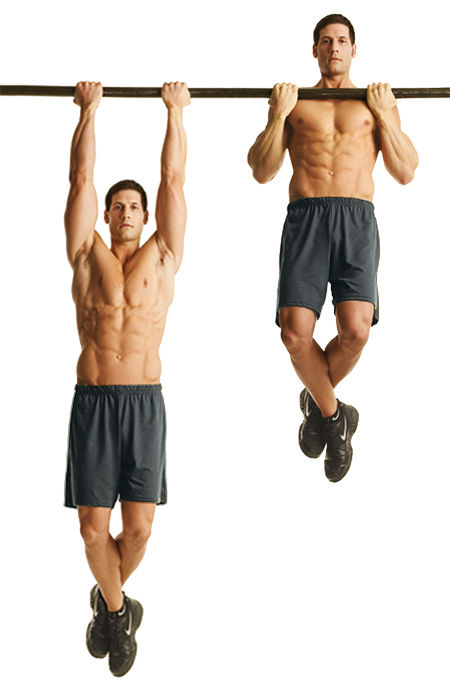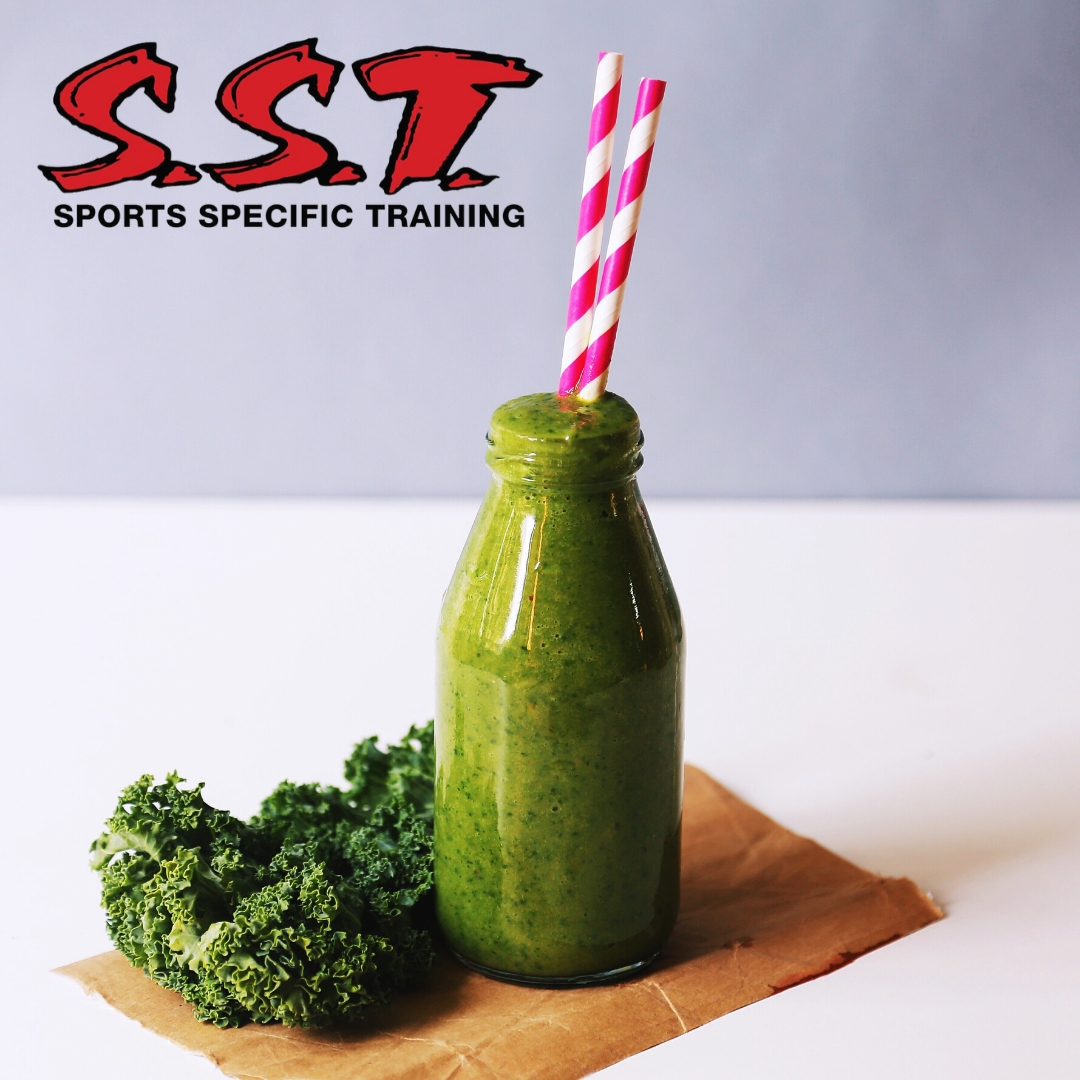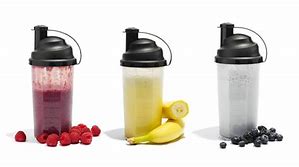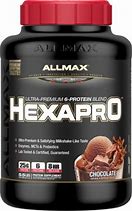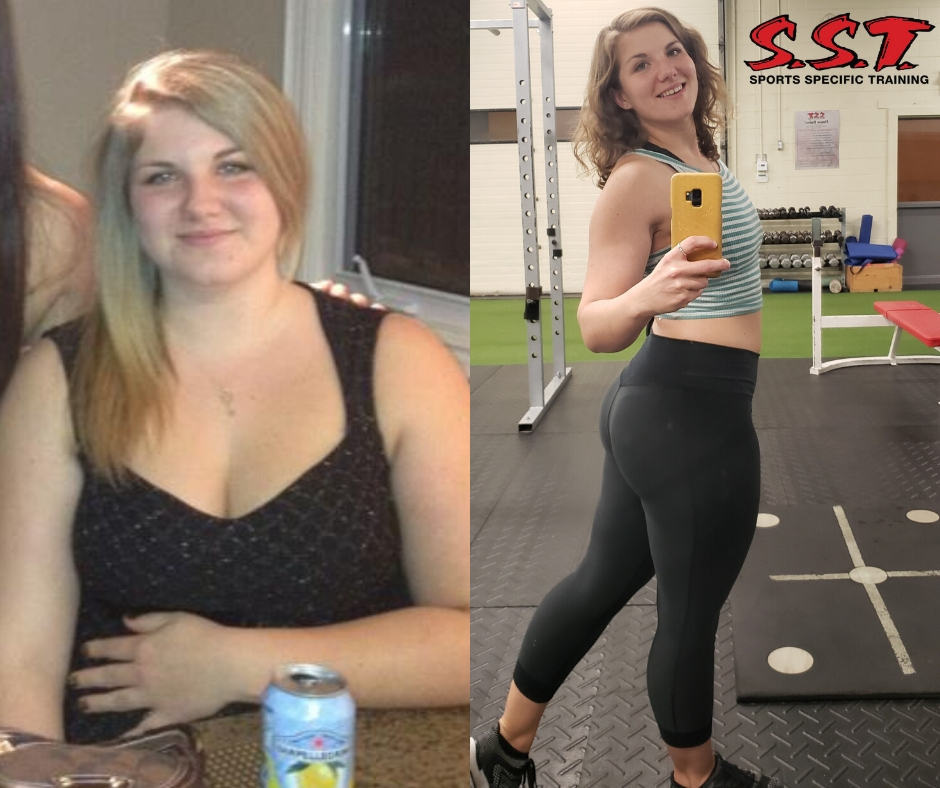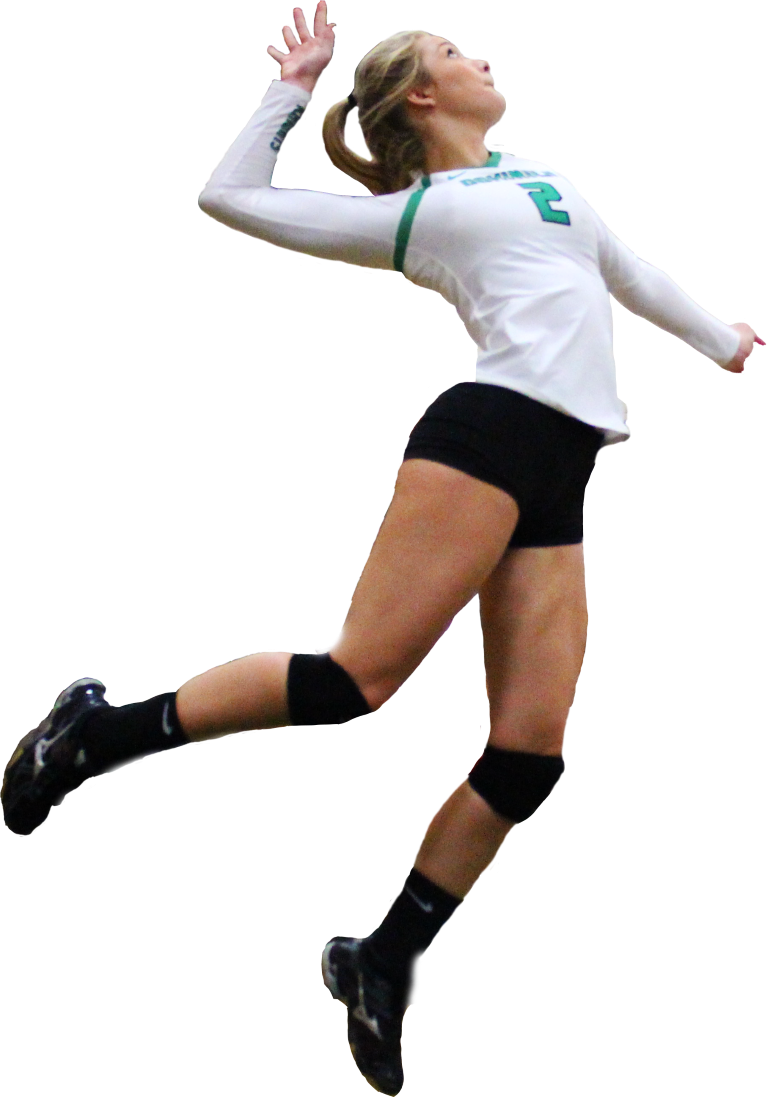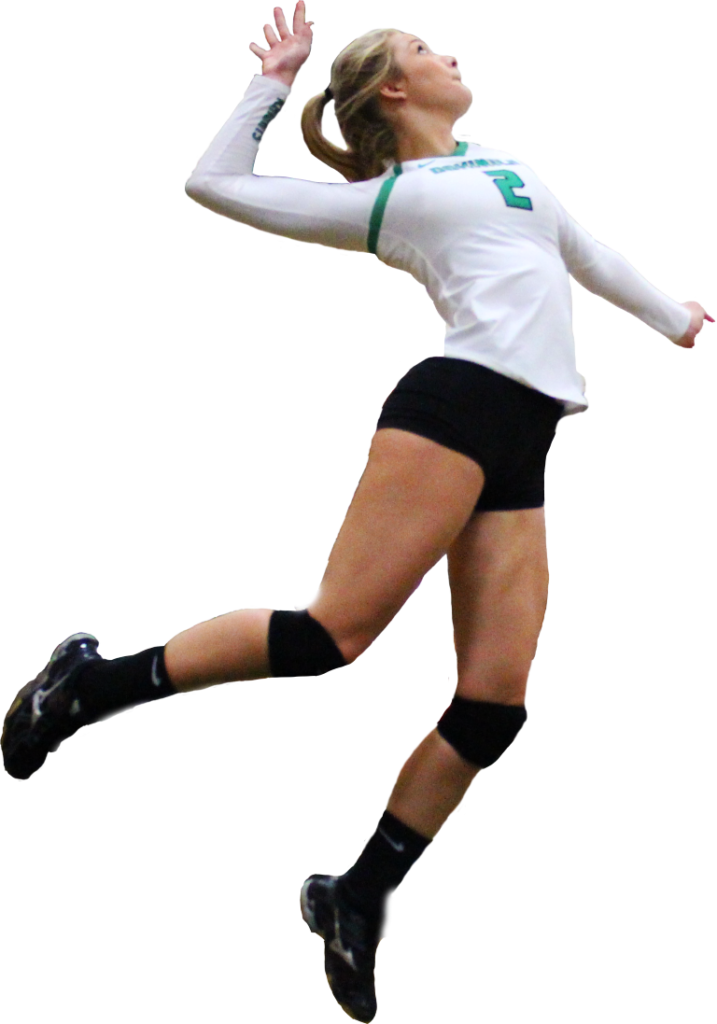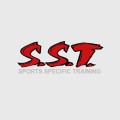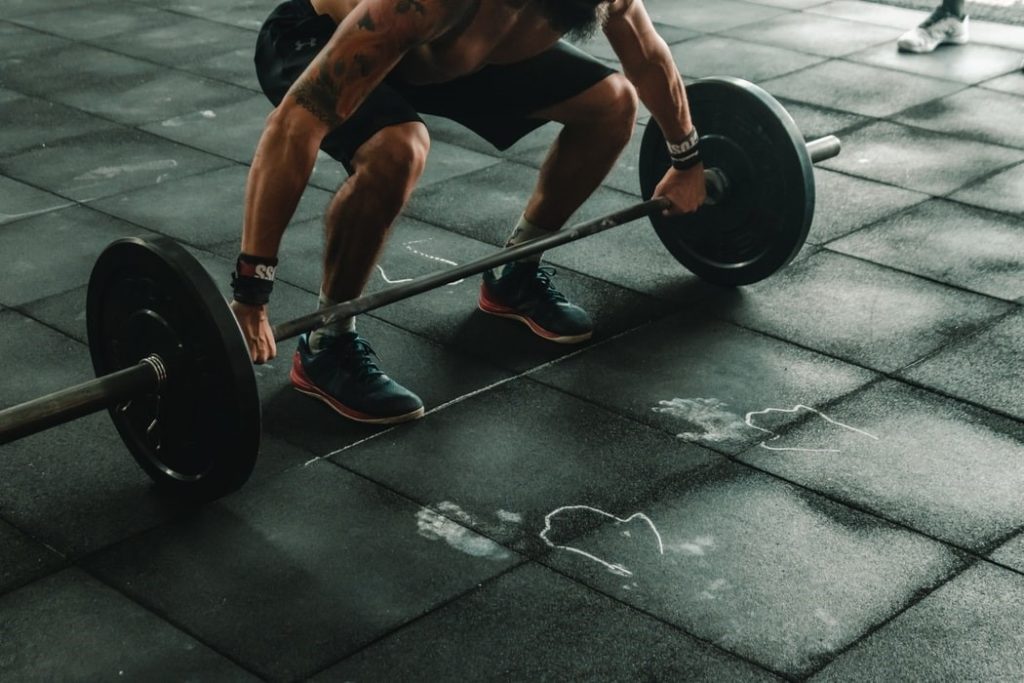
Hey Everyone! Hope you are all doing great and are enjoying this beautiful weather we are having in Southern Ontario right now! Get outside and be active, you will be amazed what this beautiful weather can do for your body and mind!
I have a cool little blog today. I’m going to talk about Compound Lifts vs Isolation Lifts! These are both very important to any well rounded program and they both serve a very important purpose! First off I am going to define each of these movements then I’m going to tell you what I think the benefits of each of them are!
Compound Lift
A compound lift is a movement that targets and utilizes multiple major muscle groups and joints at the same time. Every well rounded program should have a compound lift every day in my opinion. Your training session should be built around that specific lift that day. For example if Monday your program is built to hit heavy legs, then everything else you do that day should complement your compound lift. Basically your compound lift is the Meat portion of your dinner plate!
Top Three Benifits of Compound Lifts
Below I am just going to touch on what I think are the benefits of compound lifts, and why they should be a huge part of your program!
1. They Make You Stronger – Simply put every program should have some variation of a squat, bench and deadlift. They are the biggest bang for you buck!
2. Coordination – Core Strength – Every compound lift makes you engage your core in some way shape or form. Most importantly they all will improve your coordination!
3. Burn More Calories – It is proven that you will burn more calories doing a compound lift such as a squat than going on a run! Compound lifts challenge your CNS and make you work!

Isolation Lifts
Isolation lifts are movements that target a specific muscle group and only use one joint like the triceps in a triceps extension, whereas a compound exercise utilizes multiple muscle groups and joints to perform that specific movement. The same can be said about isolation lifts as compound lifts, every well rounded program needs them! I personally think that isolation lifts are great for fixing deficiencies in the body. For example if someone has weak glute and can’t get them to fire, you can still have that person Squat (Compound Lift) but you can also build some single leg glute bridges in to target that specific area! Like I said before the compound lift is the meat, your isolation lifts are the veggies!
Top Three Benifits of Isolation Lifts
Here are my thoughts on what I think are the biggest benefits to isolation lifts!
1. Rehab – Being able to target a specific muscle group that has been injured to help recover it is key to getting healthy quick!
2. Fixing Deficiencies – Like I said above, some athletes have problems areas that need work. Isolation lifts can help get this done for you when building a program
3. Compliment To Compound Lift – I think the most important benefit is that you can use these lifts to compliment the big compound lifts!
Email Bskinner@sstcanada.com to book your complimentary demo session to talk to us about how we use compound and isolation lifts in your programming to get the results you need!

